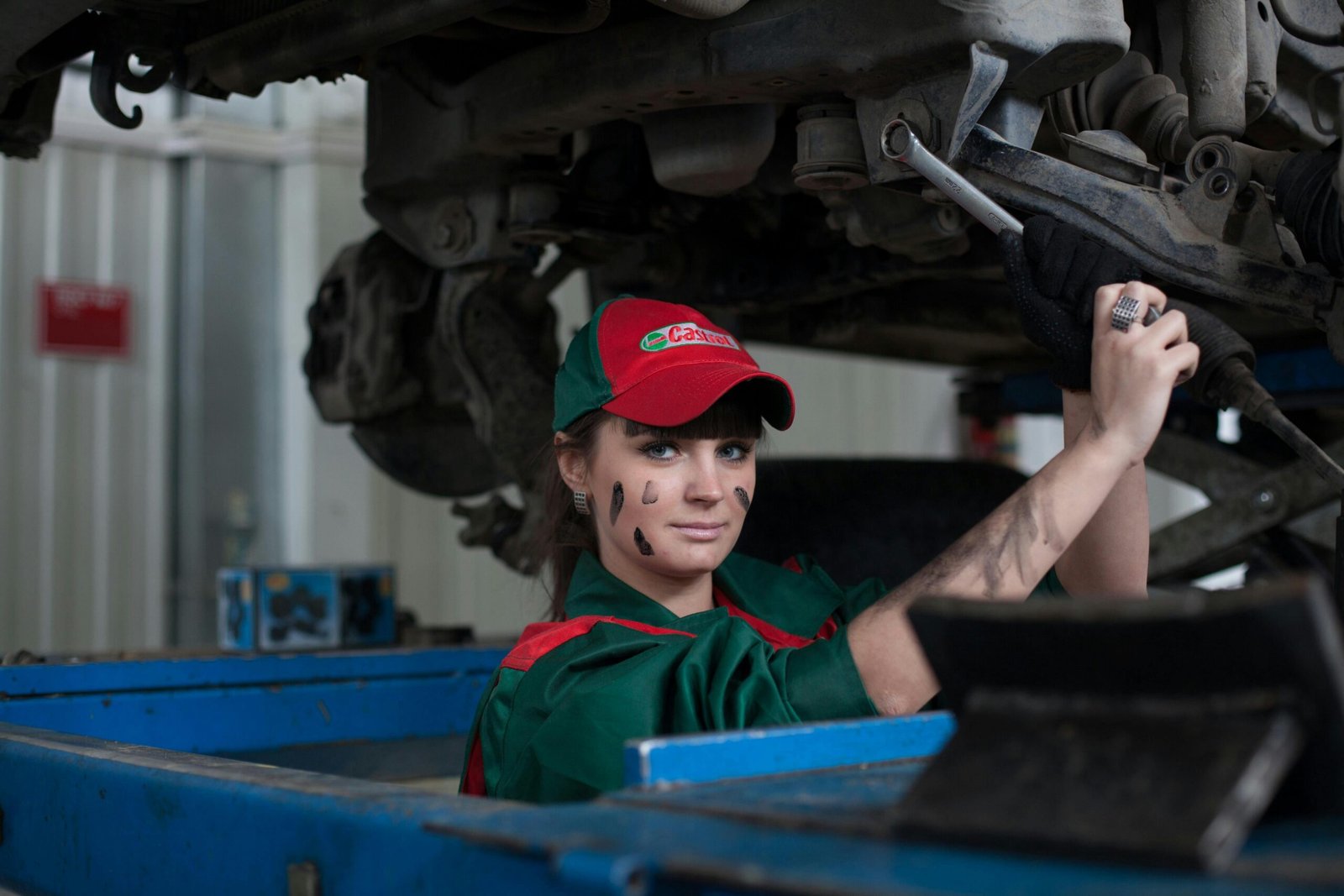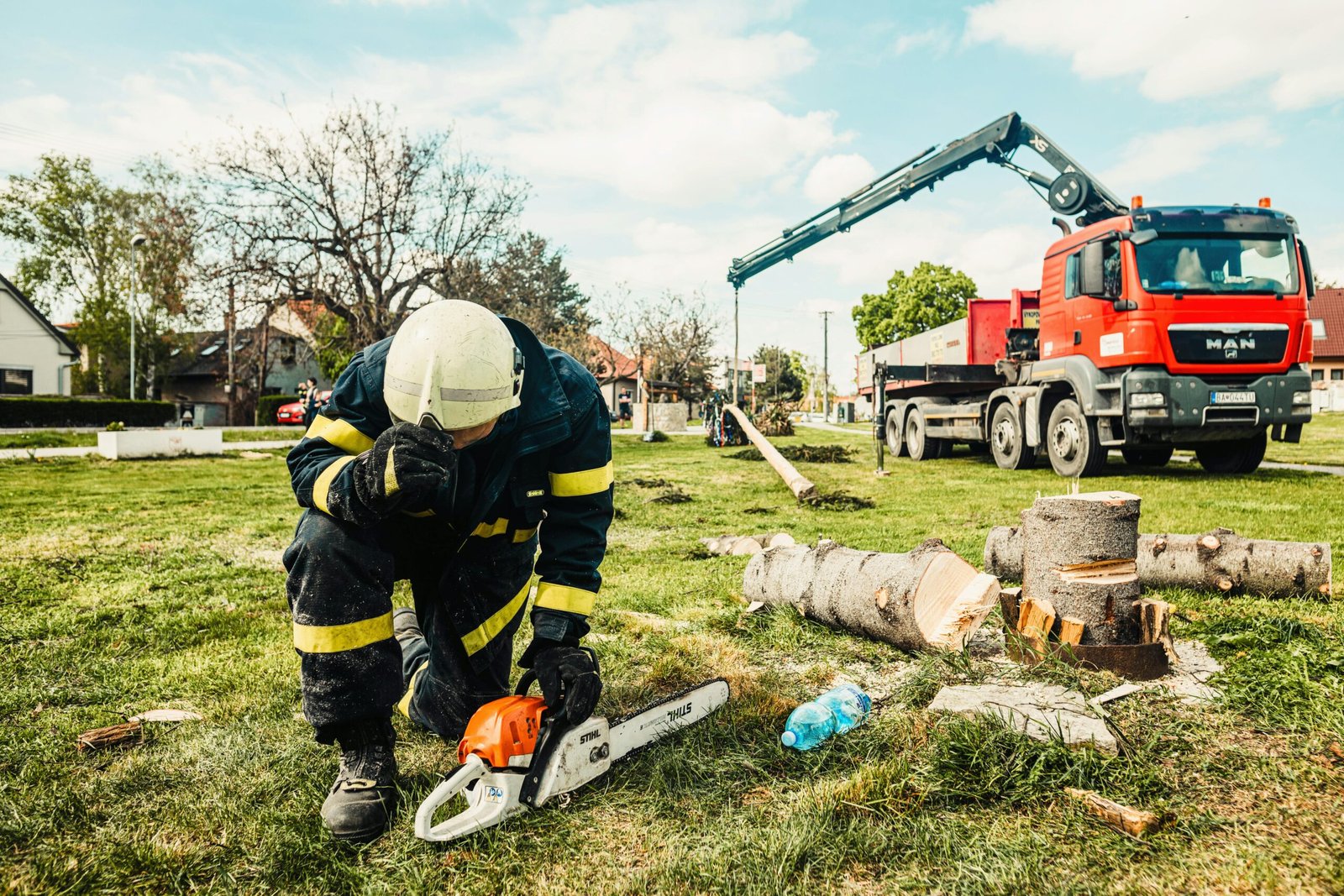Looking for temporary day laborer jobs? Look no further than Indeed.com. With a wide range of job opportunities available in various locations, you can easily find the perfect fit for your skills and schedule. Whether you’re looking for full-time, part-time, or contract work, there are options available. From restoration laborer positions to general labor roles, you can explore a variety of job types. Plus, with the ability to filter by location and pay rate, you can find opportunities that are convenient and meet your financial needs. Start your job search today and find temporary day laborer jobs that suit you.

Job Description
Duties of a Restoration Laborer
As a restoration laborer, your primary responsibility is to assist in the restoration and repair of various structures and properties. This may include working on buildings that have been damaged by natural disasters, such as floods or fires, or assisting with the renovation of historical sites. Your duties may involve cleaning, demolition, debris removal, and general labor tasks. You will work alongside a team of professionals, including contractors and technicians, to ensure that projects are completed efficiently and effectively.
Skills and Qualifications
To be a successful restoration laborer, certain skills and qualifications are necessary. Firstly, physical strength and stamina are important, as the work can be physically demanding. You should also possess good manual dexterity and hand-eye coordination. Attention to detail is crucial when working on restoration projects, as you will need to follow specific instructions and ensure that the work is done precisely.
Additionally, effective communication skills are essential in order to collaborate well with your team members and follow directions from supervisors. Basic knowledge of construction tools and equipment is also helpful. While prior experience in restoration work is not always required, it can be advantageous to have some experience in construction or general labor.
Physical Requirements
The nature of restoration work requires you to be physically fit and able to perform tasks that may involve heavy lifting, bending, kneeling, and working at heights. You should be comfortable working in various weather conditions, including extreme heat or cold, as restoration projects often involve outdoor work. Adherence to safety protocols and the use of personal protective equipment (PPE) is necessary to minimize the risk of injury.
Salary and Benefits
Average Salary Range
The salary range for restoration laborers can vary depending on factors such as location, level of experience, and the type of restoration work being performed. On average, restoration laborers earn between $15 and $25 per hour. However, it is important to note that these figures can fluctuate based on market conditions and the specific employer.
Benefits of Being a Restoration Laborer
Along with receiving a competitive salary, restoration laborers may also be eligible for various benefits. These can include health insurance, retirement plans, paid time off, and opportunities for advancement within the company. Additionally, some employers may offer training and education programs to help enhance your skills and further your career in the restoration industry.

Job Opportunities
Available Jobs
There is a steady demand for restoration laborers in various industries. Job opportunities can be found in construction companies, restoration firms, government agencies, and private organizations. Many restoration laborer positions are full-time, but there are also part-time and temporary positions available. Job listings can be found online through job search websites or by contacting local restoration companies directly.
Popular Industries for Restoration Laborers
Restoration laborers have opportunities to work in a range of industries. Some of the popular industries where restoration laborers are employed include:
- Construction: Many construction companies require restoration laborers to assist in rebuilding and repairing damaged structures.
- Historical Preservation: Historical sites and buildings often require restoration laborers to help maintain their authenticity and integrity.
- Insurance: Insurance companies employ restoration laborers to assess and repair properties damaged by insured incidents.
- Disaster Relief: Organizations involved in disaster relief efforts hire restoration laborers to assist in rebuilding communities affected by natural disasters.
Education and Training
Educational Requirements
While a high school diploma or GED is typically the minimum educational requirement for becoming a restoration laborer, additional formal education is not always necessary. However, having a background in construction, carpentry, or a related field can be advantageous and may make you a more competitive candidate for available positions.
Training Programs
There are various training programs available that can help individuals gain the necessary skills and knowledge to work as restoration laborers. These programs often cover topics such as safety protocols, construction techniques, and the proper use of tools and equipment. Training programs may be offered by community colleges, trade schools, or vocational institutions. Additionally, some employers provide on-the-job training to new hires.

Job Outlook
Growth Projections
The job outlook for restoration laborers is generally positive. As communities and buildings age, the need for restoration work continues to grow. Additionally, natural disasters, such as hurricanes and floods, create a demand for skilled restoration laborers. According to the Bureau of Labor Statistics, the employment of construction laborers is projected to grow 5 percent from 2019 to 2029, which is faster than the average for all occupations.
Factors Affecting Job Outlook
Job opportunities for restoration laborers can be influenced by factors such as the overall state of the economy, construction activity levels, and regional disaster occurrences. During times of economic downturn, there may be a decrease in construction projects and therefore a reduced demand for restoration laborers. However, the need for restoration work remains constant and often increases following natural disasters or in areas with high historical significance.
Work Environment
Indoor vs. Outdoor Work
Restoration laborers may work in both indoor and outdoor environments, depending on the specific project. Indoor work often involves restoring historical buildings, museums, or private homes. Outdoor work includes restoring structures affected by natural disasters, such as floods or fires. It’s important to be prepared for varying work conditions and to dress accordingly, as outdoor work may expose you to different weather elements.
Hazards and Safety Measures
Restoration work can involve some inherent hazards, such as working at heights, exposure to hazardous materials, and potential structural instability. It is crucial to follow safety guidelines and procedures to minimize these risks. This includes wearing appropriate PPE, such as hard hats and safety goggles, and adhering to proper lifting techniques to prevent injuries. Employers typically provide safety training and equipment to ensure the well-being of their workers.
Job Satisfaction
Fulfilling Work
Many restoration laborers find their job to be fulfilling because they can see the tangible results of their work. Restoring and repairing damaged structures allows them to contribute to the preservation of historical sites or help communities recover from natural disasters. Being part of a team that brings old buildings back to life or brings comfort to people affected by disasters can be rewarding and satisfying.
Opportunities for Advancement
There are opportunities for advancement within the field of restoration labor. With experience and additional training, you may be eligible for promotions to positions such as supervisor or project manager. Advancement opportunities may also involve specializing in specific areas of restoration, such as masonry or carpentry. Taking on leadership roles and pursuing continuous learning can help you progress in your career as a restoration laborer.
Tips for Success
Developing Strong Work Ethic
Developing and maintaining a strong work ethic is essential for success as a restoration laborer. This involves being reliable, punctual, and dedicated to your work. It is important to follow instructions, complete tasks efficiently, and demonstrate a positive attitude. Additionally, being a team player and cooperating with your colleagues will help create a harmonious working environment.
Improving Technical Skills
Improving your technical skills can enhance your effectiveness as a restoration laborer. This can include learning new construction techniques, becoming familiar with different types of building materials, and mastering the use of specialized tools and equipment. Pursuing additional training or certifications in areas such as mold remediation or lead paint removal can also make you a more valuable asset to employers.
Career Path
Advancement Opportunities
As a restoration laborer, there are avenues for advancement within the field. With experience and additional training, you can progress to positions such as:
- Restoration Supervisor: In this role, you would oversee a team of restoration laborers, ensuring that projects are completed according to schedule and specifications.
- Project Manager: As a project manager, you would be responsible for managing the entire restoration process, including planning, budgeting, and coordinating with subcontractors and clients.
- Restoration Specialist: Specializing in a specific area of restoration, such as historic preservation or water damage restoration, can open up opportunities for more specialized work and potentially higher pay.
Related Jobs
If you are interested in a similar field, there are several related job roles you may consider:
- Construction Laborer: Construction laborers perform similar physical tasks as restoration laborers, but their work is focused on new construction projects rather than restoration.
- Carpentry Apprentice: Carpentry apprenticeships provide an opportunity to learn the trade and develop skills in areas like framing, drywall installation, and finishing work.
- Property Damage Appraiser: Property damage appraisers assess the value of damaged properties and determine the scope of repairs needed for insurance claims.
Conclusion
Summary
Being a restoration laborer involves assisting in the restoration and repair of structures and properties. This may include cleaning, demolition, debris removal, and general labor tasks. Physical strength, attention to detail, and effective communication skills are essential for success in this role. Restoration laborers can earn a competitive salary and enjoy benefits such as health insurance and retirement plans. Job opportunities are available in various industries, including construction, historical preservation, and disaster relief. While a high school diploma is typically the minimum requirement, additional training and experience in construction can be beneficial. The job outlook for restoration laborers is positive, and there are opportunities for advancement and specialization within the field.
Final Thoughts
If you enjoy hands-on work, have a passion for preserving history or helping communities recover from disasters, and possess the necessary physical capabilities, a career as a restoration laborer may be a great fit for you. By developing strong work ethic, improving technical skills, and taking advantage of advancement opportunities, you can build a fulfilling and rewarding career in the restoration industry. Remember to prioritize safety and always follow proper procedures to ensure the success of your restoration projects.












